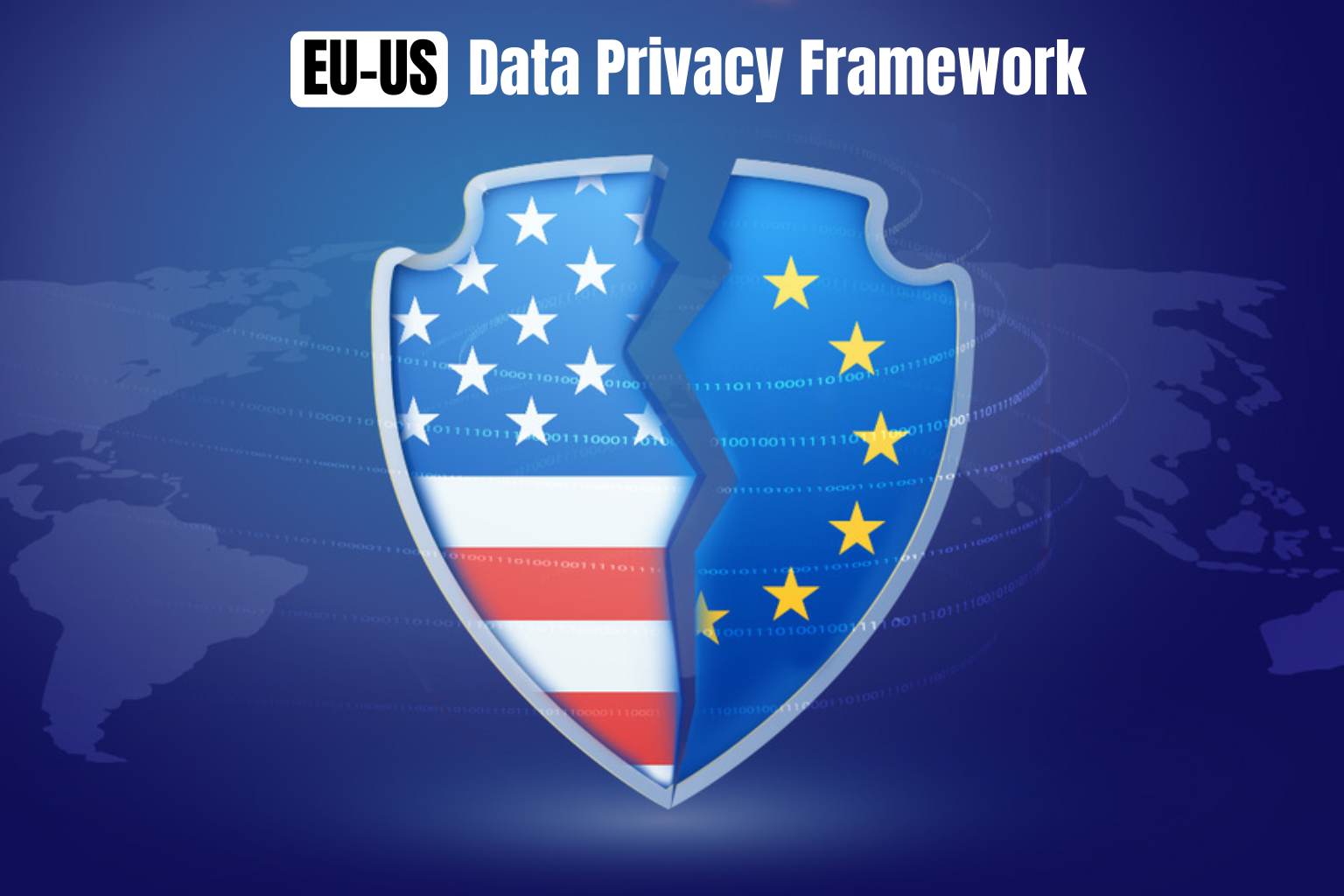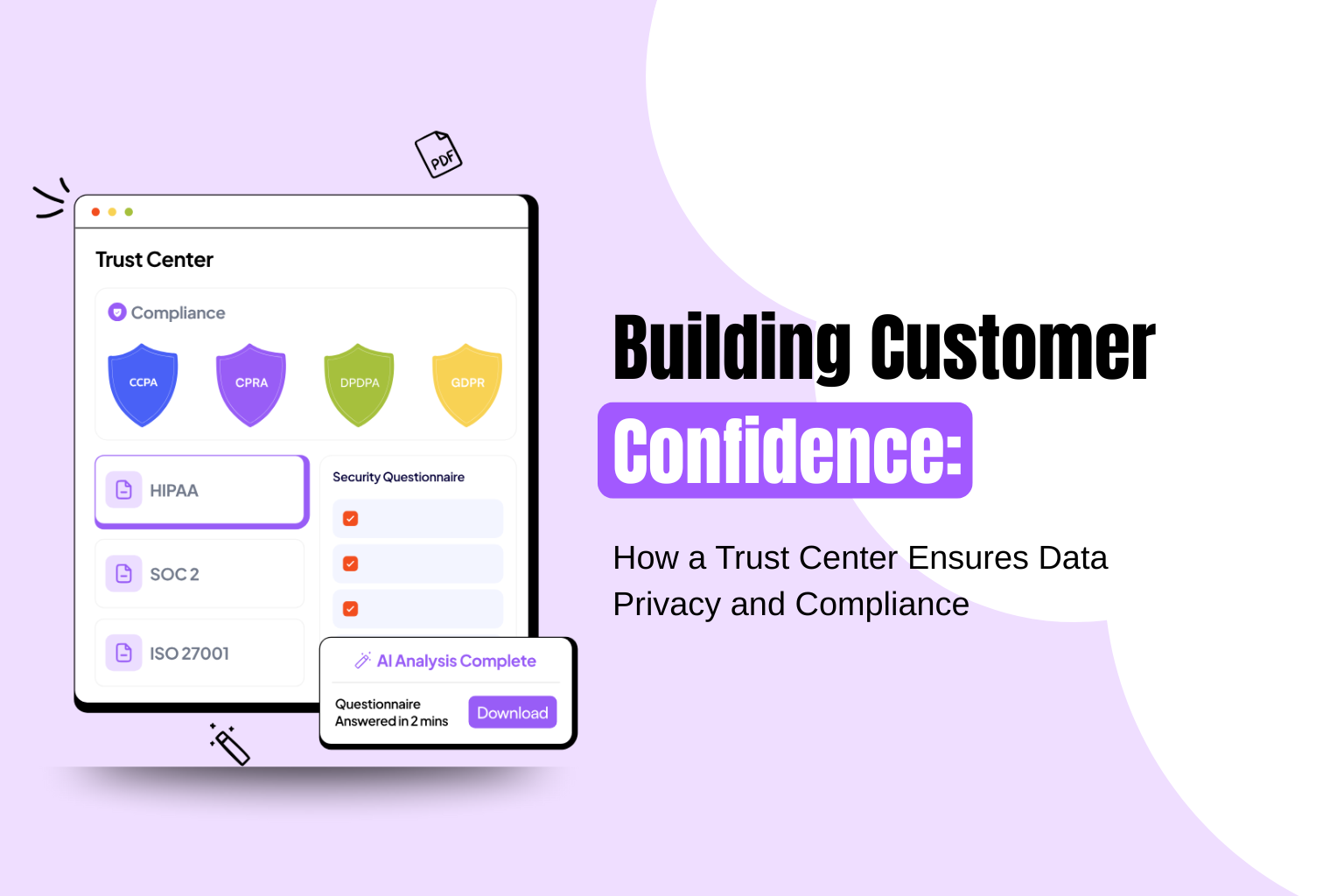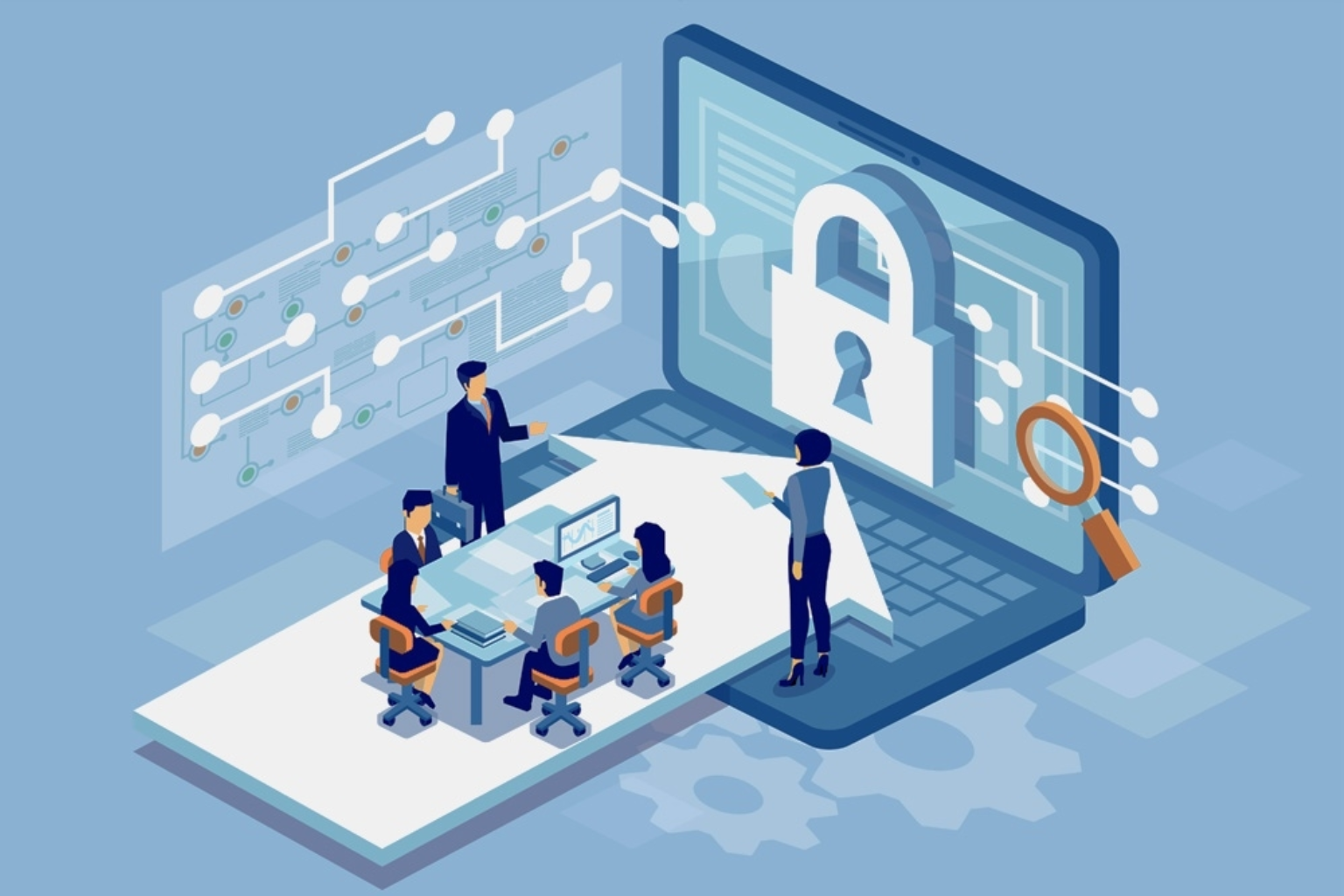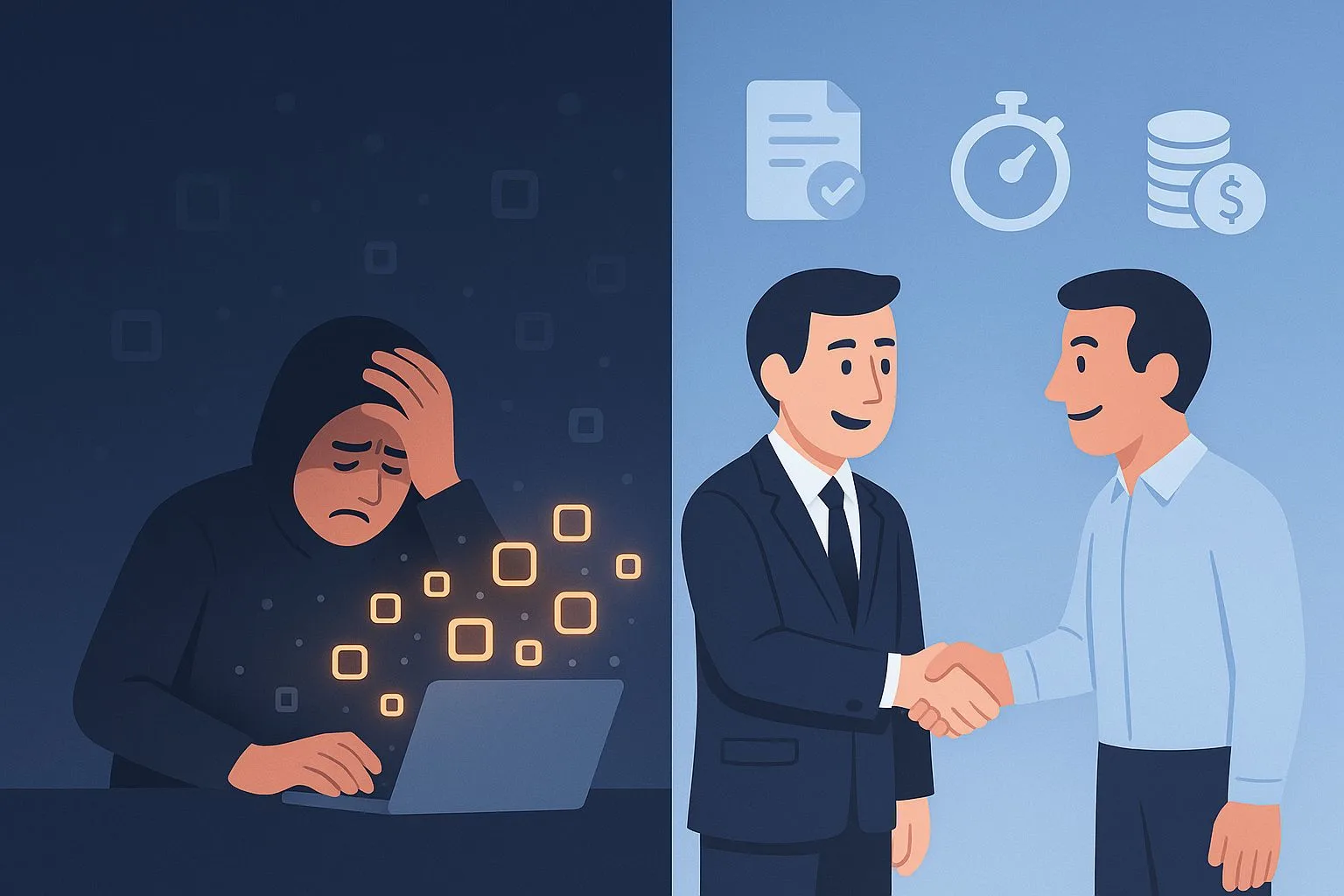
What is Tokenization? A Simple Guide to Data Security in 2025
A lot of folks worry about how simple it is for hackers to grab personal stuff like credit card numbers. Businesses have a hard time keeping this info safe from online attacks that keep happening.
Once a data breach occurs, it becomes a massive issue; fines under regimes such as GDPR (General Data Protection Regulation) and DPDP (Digital Personal Data Protection Act) can really sting. Moreover, customers cease to trust the company.
An effective way to safeguard information involves a process called tokenization. It replaces the sensitive information with safe codes to reduce risks and it becomes convenient to adhere to strict legal regulations.
The guide talks about what tokenization is, how it can benefit, and how it relates to regulations such as GDPR or DPDP. It also includes other tools such as Redacto to deal with additional security issues that arise.
What is Tokenization
Tokenization refers to the process in which sensitive data, such as a credit card number or ID are replaced with a special code called a digital token. In case hackers intercept this code it will be of no use at all to them because it is virtually worthless.
The meaning of a tokenization varies with usage. It is often used to facilitate the process of keeping payments secure by using a tokenized transaction, by concealing the actual information. In some cases, it involves digital ownership, such as asset tokenization, or tokenizing assets, a concept that is common in blockchain systems.
When you enter your credit card details online, the system accepts a tokenized version of actual card details rather than being presented with actual card info. That is data tokenization ensuring that the actual information remains secure against the threats.
With tokenisation, businesses can easily comply with regulations like GDPR, DPDP, and PCI DSS (Payment Card Industry Data Security Standard). This allows them to avoid hefty fines due to any data mishaps.
Types of Tokenization
Not all tokenization works the same way, there are a few different types depending on the purpose and setup. Each type has its own focus, but they all aim to keep sensitive info safe from risks.
- Payment Tokenization: This type focuses on securing transactions, like credit card payments. A tokenized transaction replaces card details with a safe code, protecting users during online or in-store purchases.
- Data Tokenization for Privacy: Used to guard personal info beyond payments, like IDs or health records. Data tokenization swaps sensitive bits with tokenized codes to meet laws like GDPR and DPDP.
- Asset Tokenization in Blockchain: This involves turning physical or digital assets into tokens on a blockchain. Asset tokenization or tokenization of assets makes ownership or trading secure and trackable in digital spaces.
- Reversible Tokenization: Some systems allow turning a tokenized code back to the original data with a key. It’s less common but useful when businesses need to access real info occasionally.
- Irreversible Tokenization: Here, the tokenized code can’t be changed back to the original, offering top security. It’s often used in high-risk areas to ensure hackers get nothing usable.
Tokenization vs. Encryption
People tend to confuse tokenization and encryption, yet they are not interchangeable. Tokenization replaces sensitive data with what is referred to as a tokenized code that cannot be reversed to the former data, particularly in irreversible environments. It is a one-way mask that has no key to reverse it.
Encryption instead encrypts information down into a coded format which may be decrypted with a suitable key. Although they both secure info, it can be said that when dealing with high-risk information, the process of tokenization can be safer because there is no means of reversing it unless a strong vault connection is placed.
Advantages of Tokenization for Businesses and Customers

There are plenty of reasons tokenization helps both businesses and their customers. Here’s a quick rundown of why it’s so useful:
- Better Protection: With tokenization, it’s way harder for hackers to steal anything valuable, cutting down on breach worries.
- Sticking to Rules: Data tokenization lets businesses meet GDPR, DPDP, and PCI DSS needs without holding onto risky info.
- Quicker Payments: A tokenized transaction system makes mobile payments or fast checkouts easy, which users appreciate.
- Saves Money: Unlike complex encryption, tokenisation often costs less time and cash, a real bonus for smaller businesses.
Looking at the bigger picture, using tokenized systems builds trust. Customers feel better knowing their personal info isn’t sitting out there for anyone to grab. That trust means a lot.
Handling Risks Beyond Tokenization with the Right Support
Even though the concept of tokenization is effective in protecting data, problems may arise when companies partner with vendors that deal with tokenized data. Violations or mistakes are possible in those arrangements, particularly, if vendors mishandle the data or fail to meet regulatory standards. when strict regulation such as GDPR or DPDP should be adhered to.
This is where Redacto steps in. Its Vendor Risk Management tool simplifies third-party risk management and helps organizations stay compliant with GDPR, DPDP, and other relevant regulations.
Redacto applies AI to ensure that vendors does safe handling of the data tokenization process and assign a risk value to identify vulnerabilities. This will prevent slip-ups that might violate GDPR or DPDP regulations when tokenized data is spread to external partners. Thus, a vendor assessment tool helps you to check the risk score of your vendors before coming into a contract.
More than simply securing data, Redacto Vendor Risk Management preserves the reputation of a business by ensuring that all partners adhere to the rigorous expectations of regulations such as PCI DSS.
Conclusion
Tokenization is a method of converting sensitive data into secure codes. The advantage of this includes better security and aligning with regulations such as GDPR and DPDP, both of which are essential to any business at present.
FAQs
What is tokenization in easy terms?
Tokenization means swapping sensitive data, like credit card numbers, with a safe tokenized code. This keeps it out of hackers’ hands since the code is useless if stolen, protecting personal info effectively.
How does data tokenization help with GDPR rules?
Data tokenization cuts down on storing sensitive info directly, which makes following GDPR and DPDP rules simpler. Businesses avoid big fines by reducing risks of data exposure under these strict laws.
How is tokenization different from encryption?
Tokenization uses tokenized codes that often can’t be changed back to the original data. Encryption scrambles info with a key to reverse it, making tokenization tougher to crack in many cases.
Why do businesses use tokenization for payments?
Businesses use tokenization for payments to secure transactions. A tokenized transaction hides real card details with a safe code, protecting customers during online or in-store buys from potential data theft.
Can tokenization be used for things beyond payments?
Yes, tokenization goes beyond payments with stuff like asset tokenization. It turns assets into digital tokens on blockchain for secure trading, or protects personal records under laws like GDPR.




%20Redacto%20logo_New.png)
.jpg)

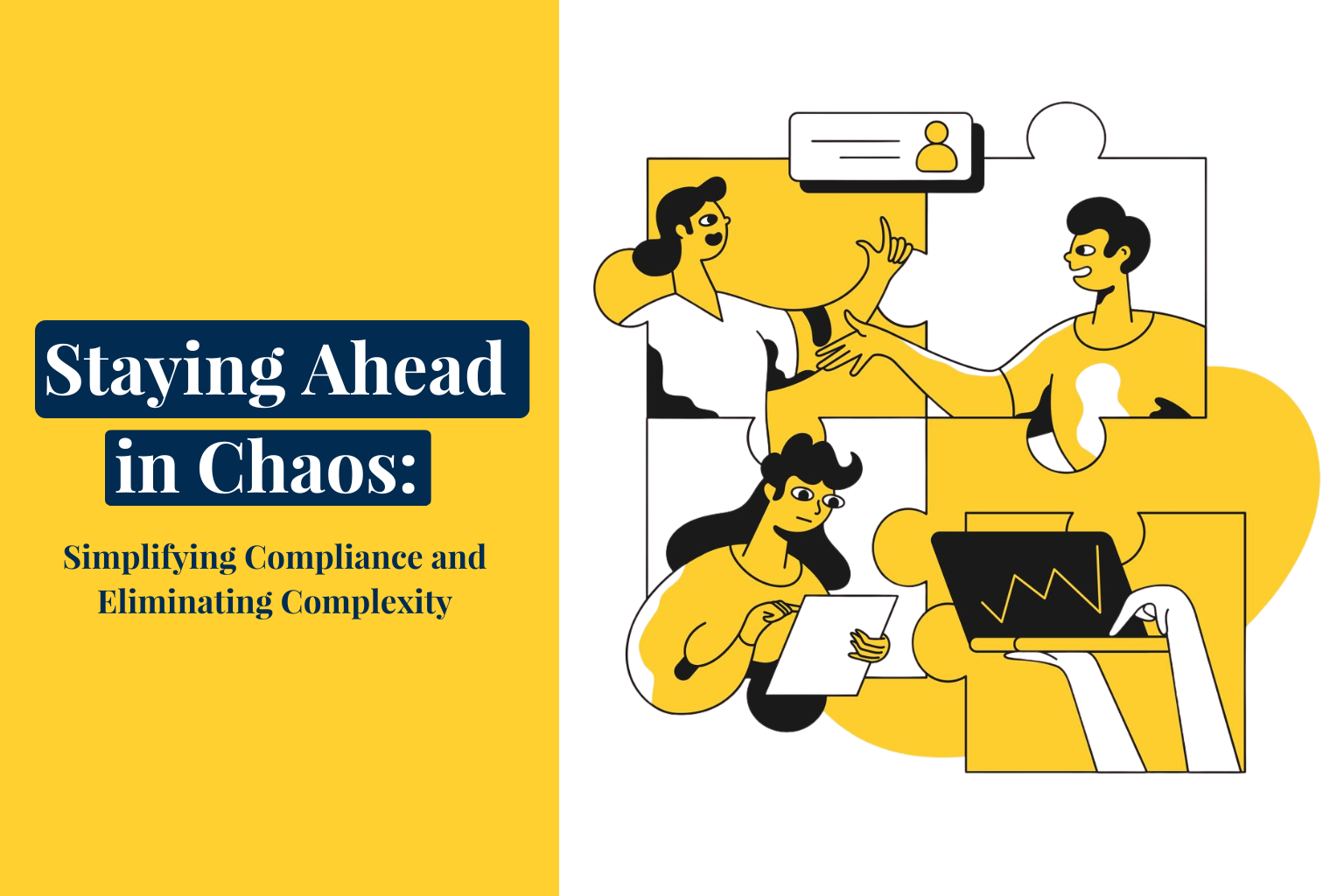
.jpg)
